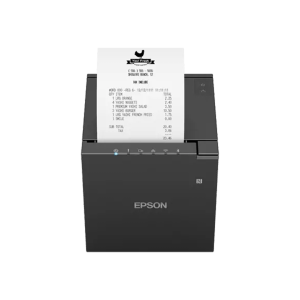Antivirus Protection For Mobile Devices
As the use of mobile devices including smartphones and tablets increases, so too will the need for powerful antivirus protection. These kinds of programs are made to scan for and eradicate computer system infections, as well as other viruses such as spyware, worms, Trojan mounts, rootkits and phishing moves.
Antivirus applications are generally installed on computers, but it can also be used to protect any product that connects to the internet. That includes smart TVs, e-readers plus the many other gadgets that are now available with built/in access to the web.
One of the most ancient forms of antivirus security relies on a databases of malware signatures, which usually compares documents coming into the devices with known or spyware and flags any that match. This method is effective, but it has the limitations. A brand new piece of or spyware has to be observed and analyzed in order for it to become added to the detection database, and it can take some time prior to antivirus community antivirus program reviews identifies it.
More sophisticated viruses are able to get around classic antivirus software program by using “oligomorphic, ” polymorphic or even metamorphic programming, which codes parts of by itself and alterations the way that behaves in order that it doesn’t match any noted virus autographs. These methods are much tougher for classic antivirus programs to detect, and that’s why an extensive antivirus plan should include multiple different types of safeguard. Behavioral-based diagnosis, for example , can easily identify viruses by observing how this performs and next comparing its behavior to that particular of usual applications.




